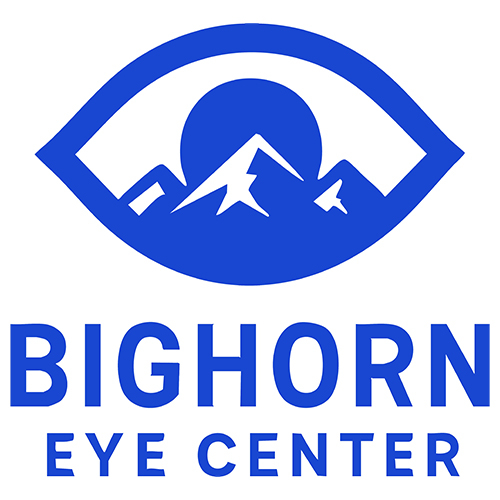Corrective Eye Surgery Basics
Recent advances in the field have developed subcategories of LASIK surgery such as Bladeless LASIK, which uses a laser rather than a mechanical tool to make the initial flap or Wavefront (custom) LASIK which uses computer mapping to guide the reshaping of the cornea and is able to create a much more precise visual correction for very subtle optical imperfections. There is also a procedure called Epi-LASIK in which following the procedure, the doctor applies a soft contact lens to protect the surgical area, holding the flap in place while it heals.
Due to the increased comfort of LASIK there was a period that PRK saw a decline. Recent studies show however that LASIK and PRK have similar long-term success for improved visual acuity and with the assistance of newly developed effective pain medications, PRK has become more popular again as an option.
RLE is more risky than the other procedures mentioned and can affect the patient’s ability to focus on close objects, possibly requiring reading glasses following the procedure. However, in cases of severe vision correction it is often the preferred method.
